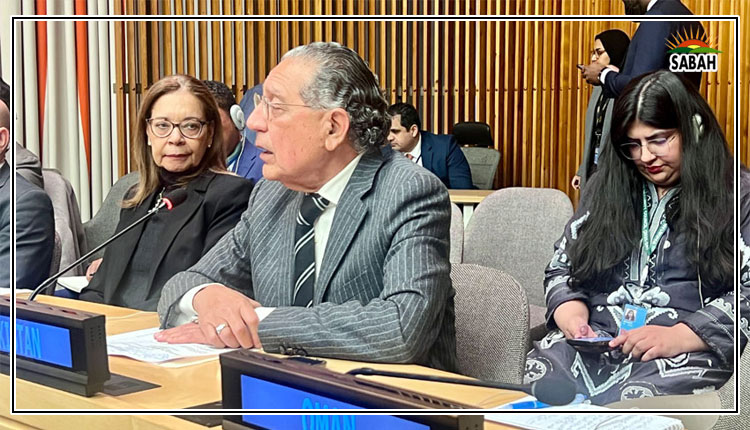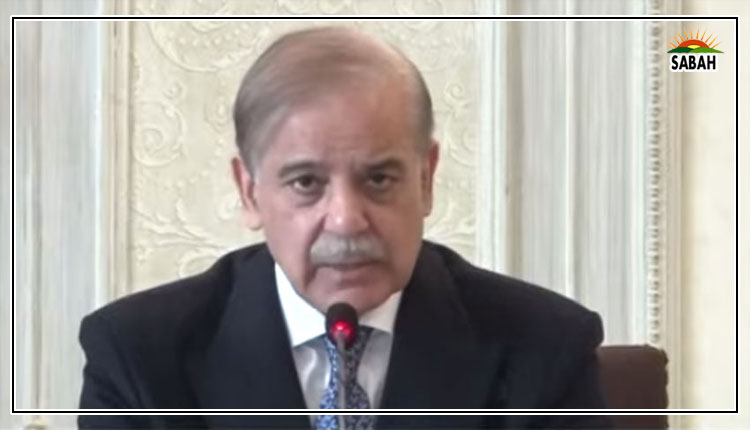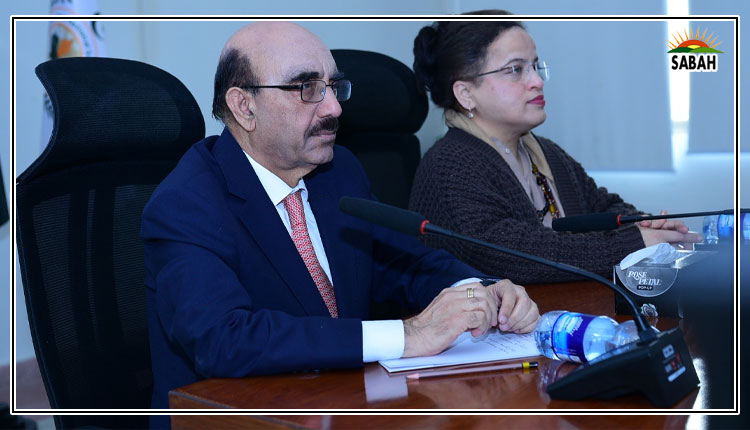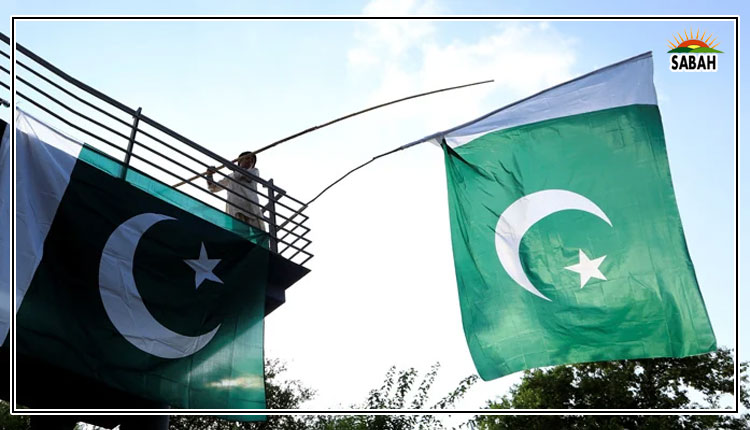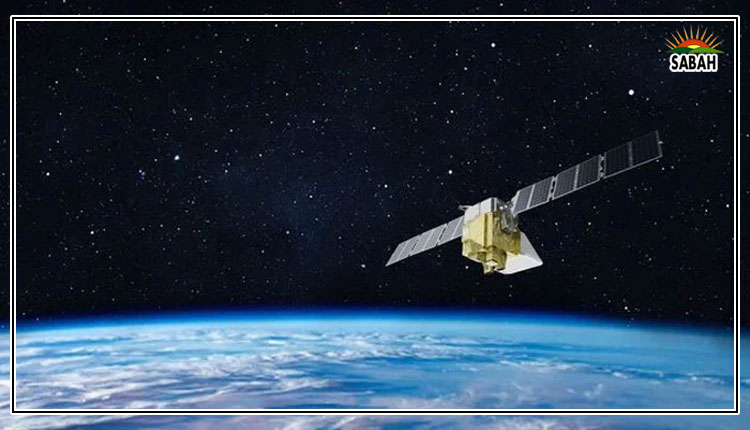Water for life…Jamil Ahmad
A MULTIDIMENSIONAL global water crisis is front and centre of our current environmental problems. Amidst rising temperatures, water scarcity is endangering lives at one end, while heatwaves are often followed by heavy rains and flash floods. Surging levels of extreme heatwaves, as seen in Asia, Europe, and parts of the US, demonstrate as much.
At the other end of the water crisis are cyclones and floods of Biblical proportions that have killed thousands of people, damaged infrastructure and worsened the financial woes of poor countries. Sea level rise due to global warming is affecting coastal communities and leading to salinisation of groundwater resources.
Water stress is tipped as one of the top global risks in the coming decade. According to the WHO, about two billion people lack access to safe drinking water, while 4.2bn do not have adequate sanitation. Demand for drinking water and sanitation is outpacing supply in most developing countries.
Oceans, which hold over 95 per cent of Earths water, are also threatened by global warming. The temperature of the water in them is rising fast, leading to increased moisture in the air, which translates into heavy rains and intense hurricanes and typhoons. An analysis at the University of St Thomas in Minnesota found that last year the oceans were at their hottest ever.
About 2bn people lack access to potable water.
The truth of climate change cannot be faced without getting to grips with the water crisis, which is stalling sustainable development in the Global South and depriving people of their basic right to water and a clean, healthy environment. However, if addressed in a timely and appropriate manner, water can be an enabler of socioeconomic development and environmental sustainability, as it connects all aspects of life.
In search of solutions to urgently tackle the crisis and expedite the implementation of SDGs, the UN convened a major conference in New York in March this year. The UN Water Conference was attended by over 10,000 participants from governments, the private sector, and other areas. Held after 46 years, it adopted a UN Water Action Agenda with 800 commitments to a broad range of water-related areas agriculture, climate change, industry, health and domestic use. According to the World Resource Institute, over a quarter of these commitments are potential game changers. The logical step is to swiftly translate these pledges and commitments into action.
The imperative for urgent action was reiterated this month at the High-Level Political Forum which reviewed SDG progress. A synthesis report of SDG6, relating to water targets, notes that for reaching the global target of universal access by 2030, progress needs to increase six times faster for safely managed drinking water, five times faster for safely managed sanitation and three times faster for basic hygiene. According to the report, water stress has increased globally, with some regions experiencing substantial increases, particularly in the arid areas, representing a serious concern for food security and the resilience of agricultural systems facing climate change.
Poor water resource management is cited as a factor associated with rapid changes in the areas covered by surface waters in one-fifth of the worlds river basins, leading to flooding and droughts. At a time when more investment is required in the water sector, the report revealed that official development assistance commitments to the water sector decreased by 12pc from 2015 to 2021, and actual disbursements decreased by 15pc over the same period.
The report identifies five priority areas to overcome the crisis, including: new and efficient investments; provision of credible and timely data for decision-making; national-level workforce assessments and capacity building; utilising technology while customis-ing innovations to local contexts, and streamlining water governance and management by addressing institutional weakness, poor regulation, accountability, and transparency.
Through its Integrated Water Resource Management programme, UNEP supports countries for protection, restoration, and management of freshwater ecosystems. An integrated approach also requires international cooperation, as transboundary waters account for 60pc of the worlds freshwater flows.
For water-stressed developing countries, improving water resource management, institutional capacity building, policy coherence and engaging local authorities at the national level will be as necessary as strengthening transboundary water cooperation. These will be critical ingredients for a holistic approach to contain the growing risks of the water and climate crisis.
Water solutions must be front and centre of all efforts for sustainable development.
Courtesy Dawn


